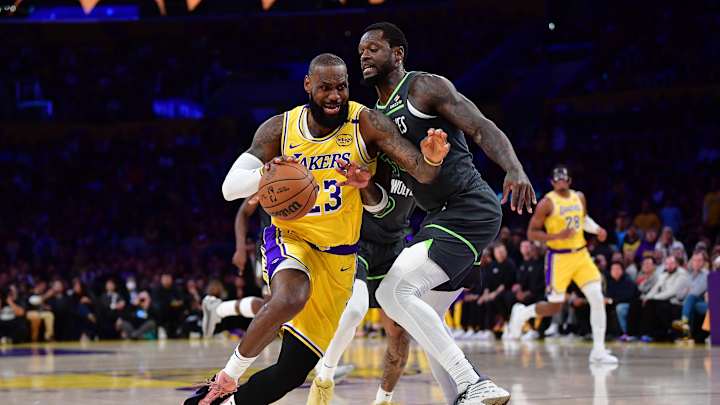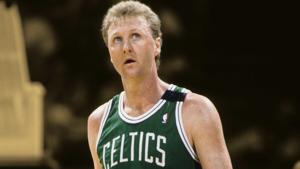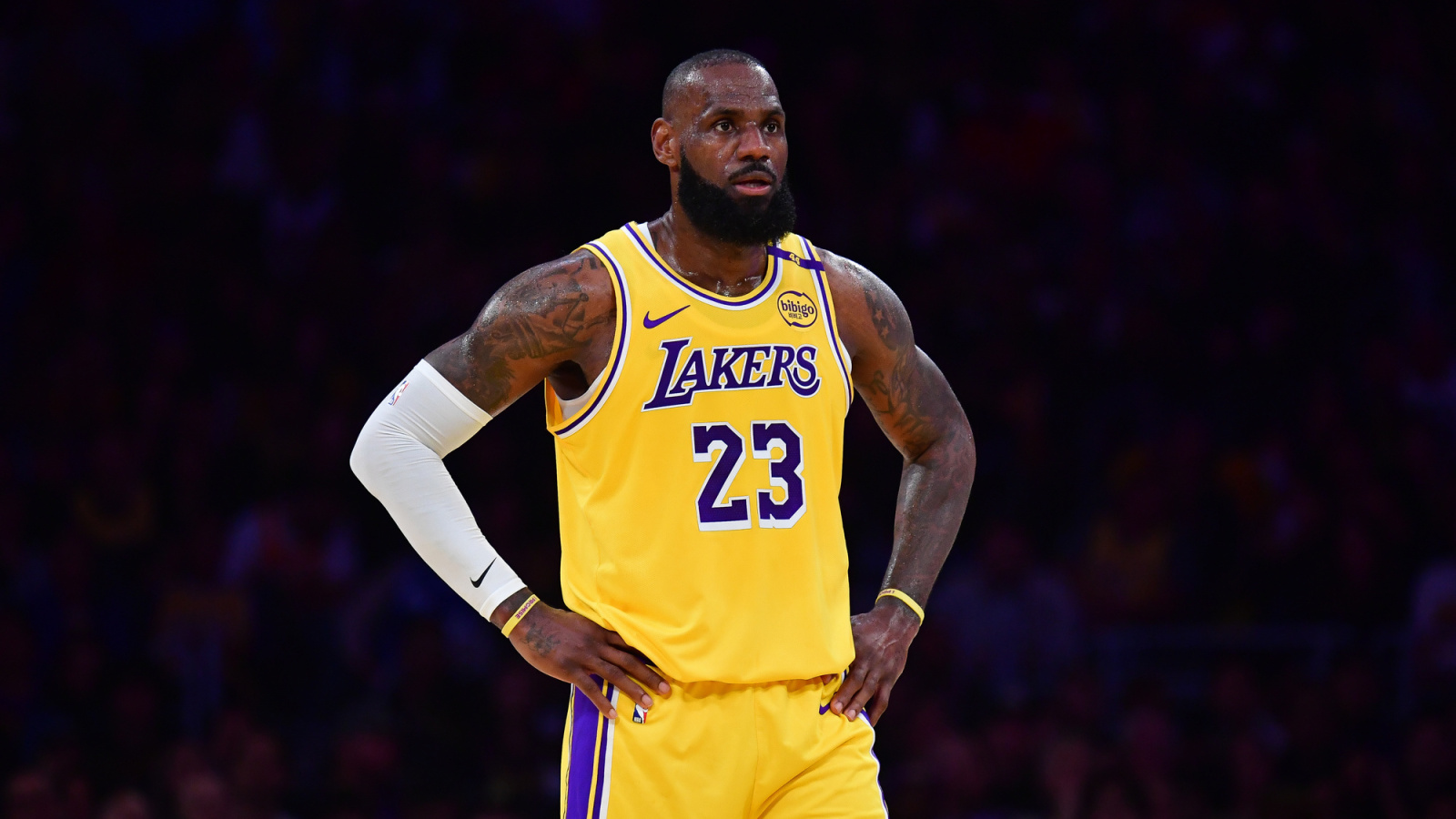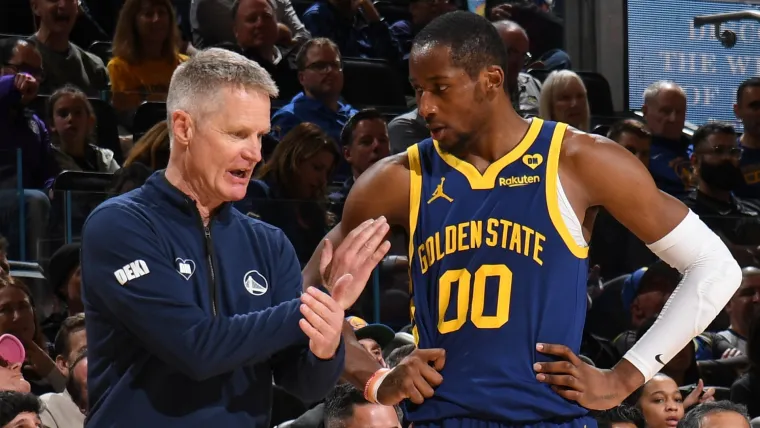A captivating and strategically intricate NBA mock trade proposal has seized the attention of basketball analysts and fans alike, outlining a hypothetical blockbuster deal that would see superstar LeBron James make an unprecedented return to the Cleveland Cavaliers from the Los Angeles Lakers. This speculative scenario centers on the Lakers acquiring the Cavaliers’ dynamic young guard, Darius Garland, along with other valuable assets, in exchange for the four-time MVP, a move that promises to ignite fervent debate about the future trajectory of both storied franchises.
For the Cleveland Cavaliers, the prospect of bringing back LeBron James represents a potentially transformative moment, capable of igniting a new, legitimate championship window. The current Cavaliers boast a promising young core featuring defensive stalwarts like Jarrett Allen and Evan Mobley, whose development could be significantly accelerated by James’s unparalleled court vision and leadership. His return would not only inject veteran championship experience but also provide a proven closer and playmaker, elevating the team’s ceiling and addressing areas where they might lack consistent elite-level execution in crunch time.
However, integrating James into the Cavaliers’ existing roster, particularly alongside another ball-dominant star in Donovan Mitchell, presents intriguing strategic considerations. While some might foresee potential fit challenges, a visionary coach could leverage James’s versatility to create a dynamic offensive scheme. His ability to facilitate, score, and defend at a high level would undoubtedly alleviate pressure on Mitchell, allowing him to thrive in scoring roles off the ball or as a secondary playmaker, potentially unleashing a more potent and unpredictable Cavaliers offense capable of competing at the highest level in the Eastern Conference.
Conversely, the Los Angeles Lakers would embark on a fresh direction for the post-LeBron era by acquiring Darius Garland. This talented young playmaker offers a long-term solution at the point guard position, bringing elite passing, potent three-point shooting, and the ability to run an efficient offense. Garland’s youth aligns with a potential rebuild or retooling strategy, providing the Lakers with a foundational piece around whom they could construct a roster designed for sustained competitiveness, moving away from the short-term, star-heavy approach that has characterized much of their recent past.
The “more” in this mock trade proposal for the Lakers would likely involve valuable draft capital and potentially other complementary players, further bolstering their roster depth and future flexibility. Such assets are crucial for a franchise looking to remain relevant in the ever-competitive Western Conference while transitioning from its current superstar-led model. This infusion of youth and future picks would enable the Lakers to develop a new core, capable of growing together and contending for titles over the next decade, rather random than relying on an aging star’s diminishing prime.
Beyond the immediate implications for the Lakers and Cavaliers, this monumental mock trade could send significant ripple effects across the entire NBA landscape. Salary cap implications, team building philosophies, and the competitive balance of both conferences would be reshaped. For instance, how would such a move impact teams like the Dallas Mavericks, who are building around Luka Doncic, or other Western Conference contenders? The theoretical shift of a player of James’s caliber not only alters championship odds but also ignites new storylines, rivalries, and strategic maneuvers from general managers league-wide, highlighting the sheer gravity of such a hypothetical transaction.
Ultimately, this captivating NBA mock trade, proposing LeBron James’s return to the Cavaliers for Darius Garland and additional assets, serves as a compelling thought experiment. It meticulously explores how such a monumental shift could strategically benefit both franchises, addressing their respective needs for immediate championship contention or long-term roster sustainability, while simultaneously igniting a wave of speculation about the potential reshaping of the league’s competitive narrative. It underscores the perpetual quest for balance between winning now and building for the future in the high-stakes world of professional basketball.
Discover more from The Time News
Subscribe to get the latest posts sent to your email.






